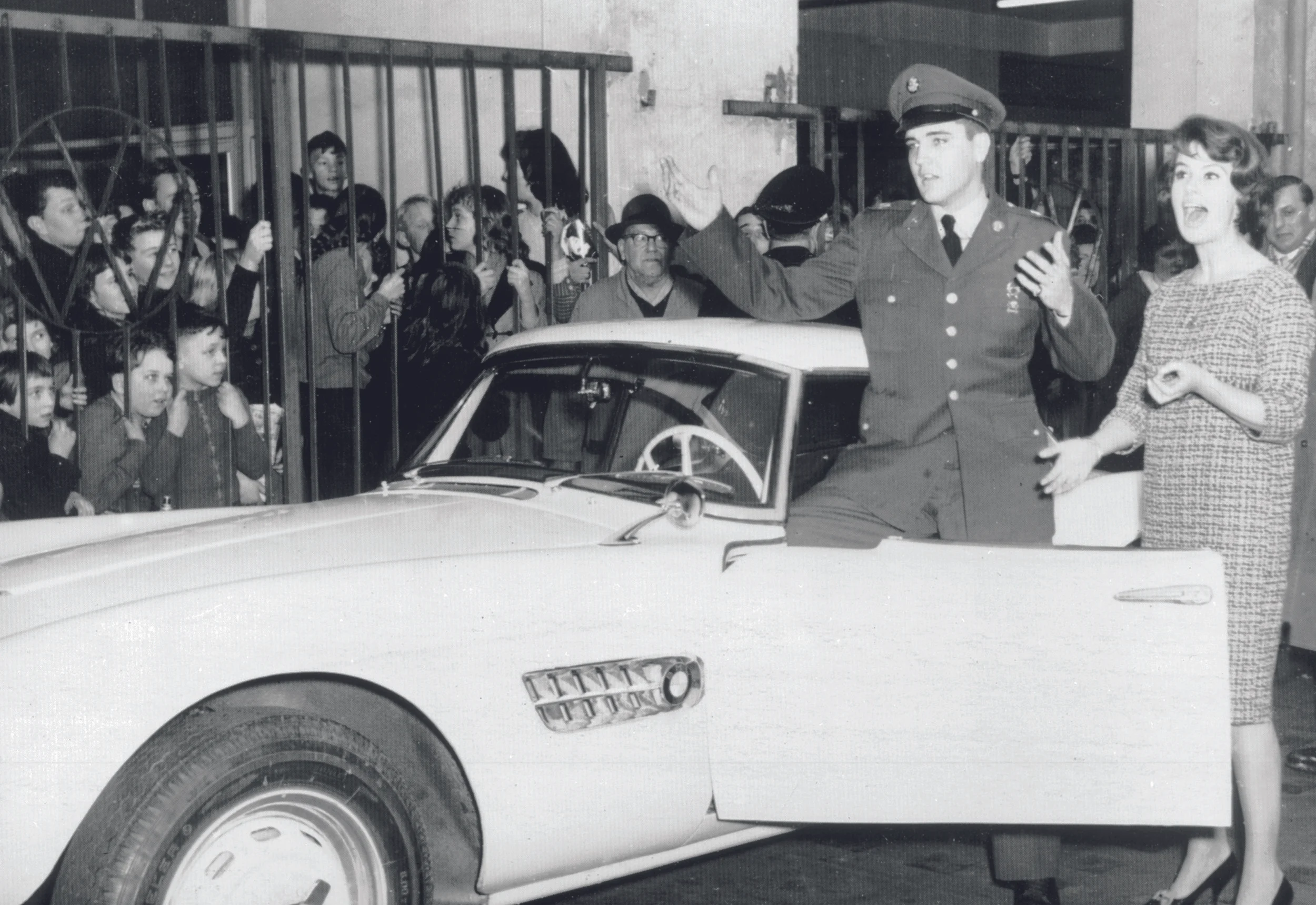
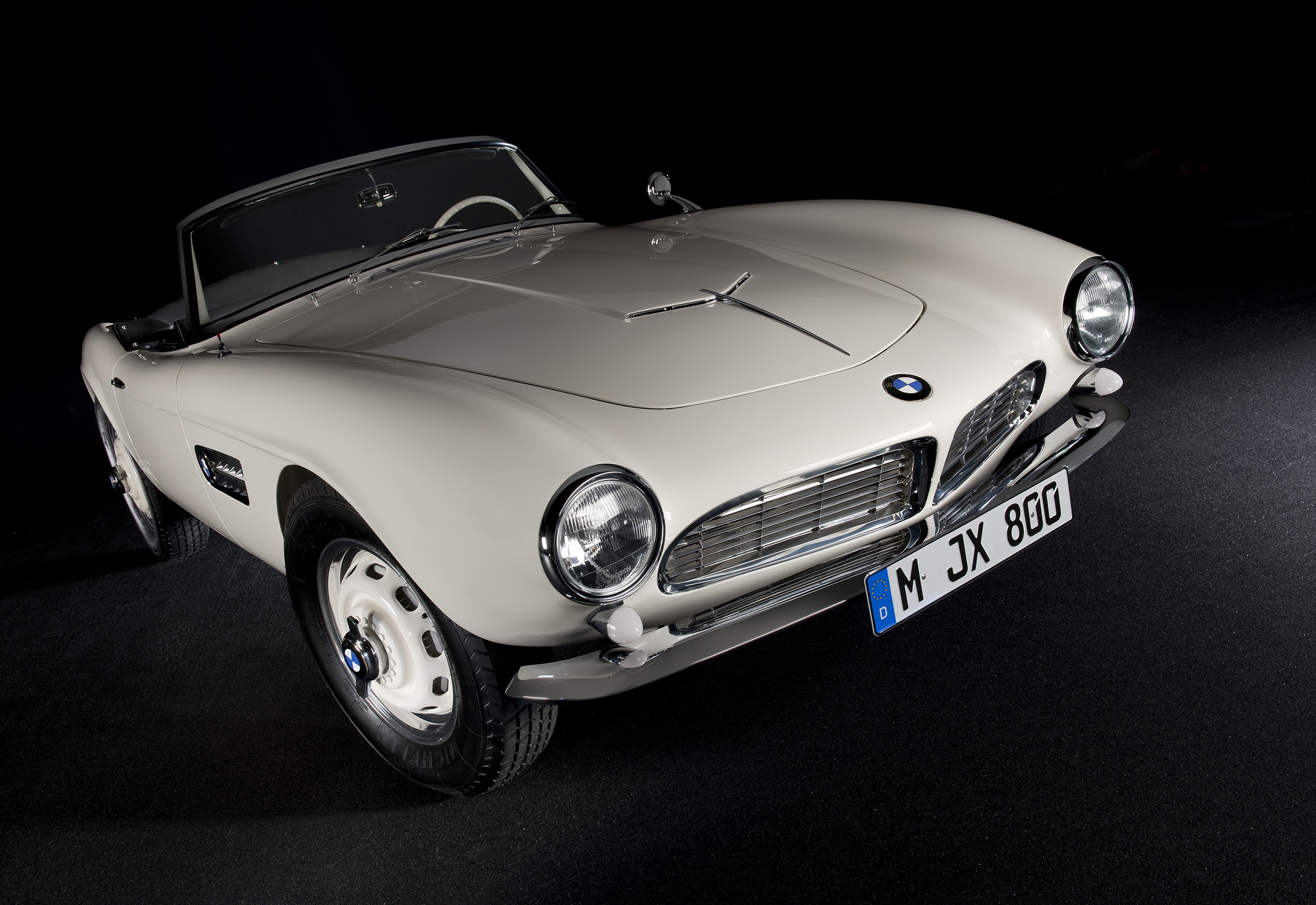
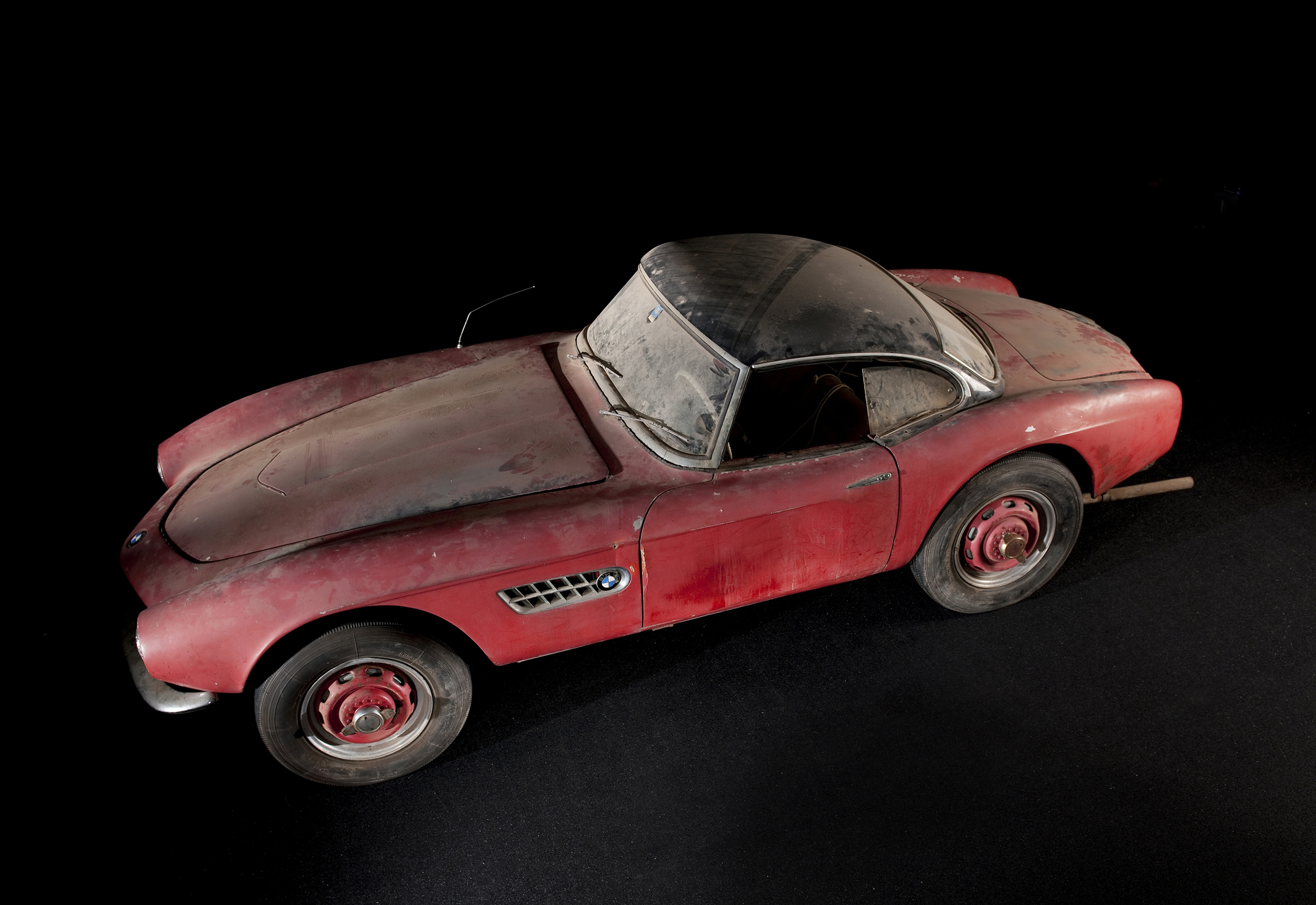
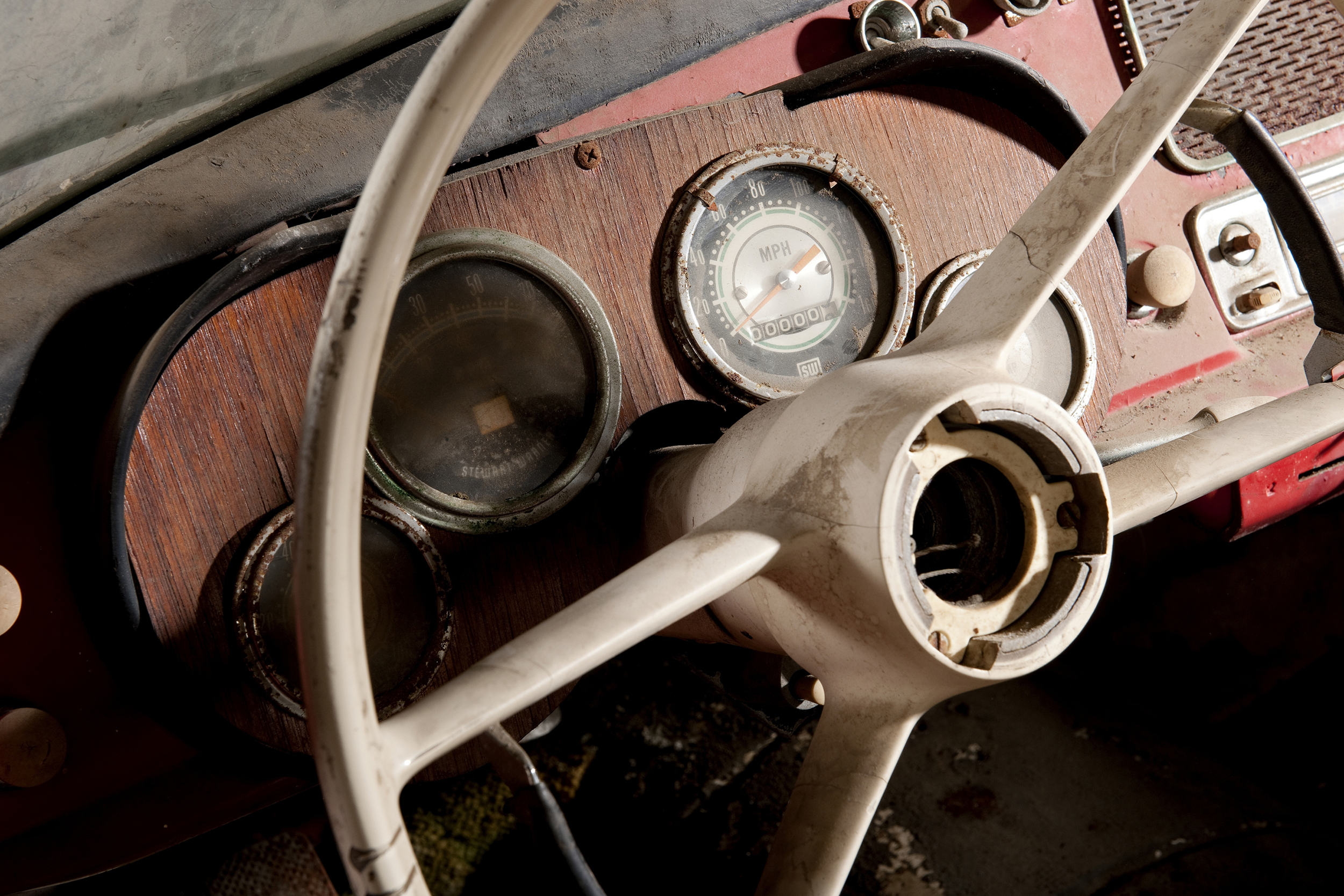
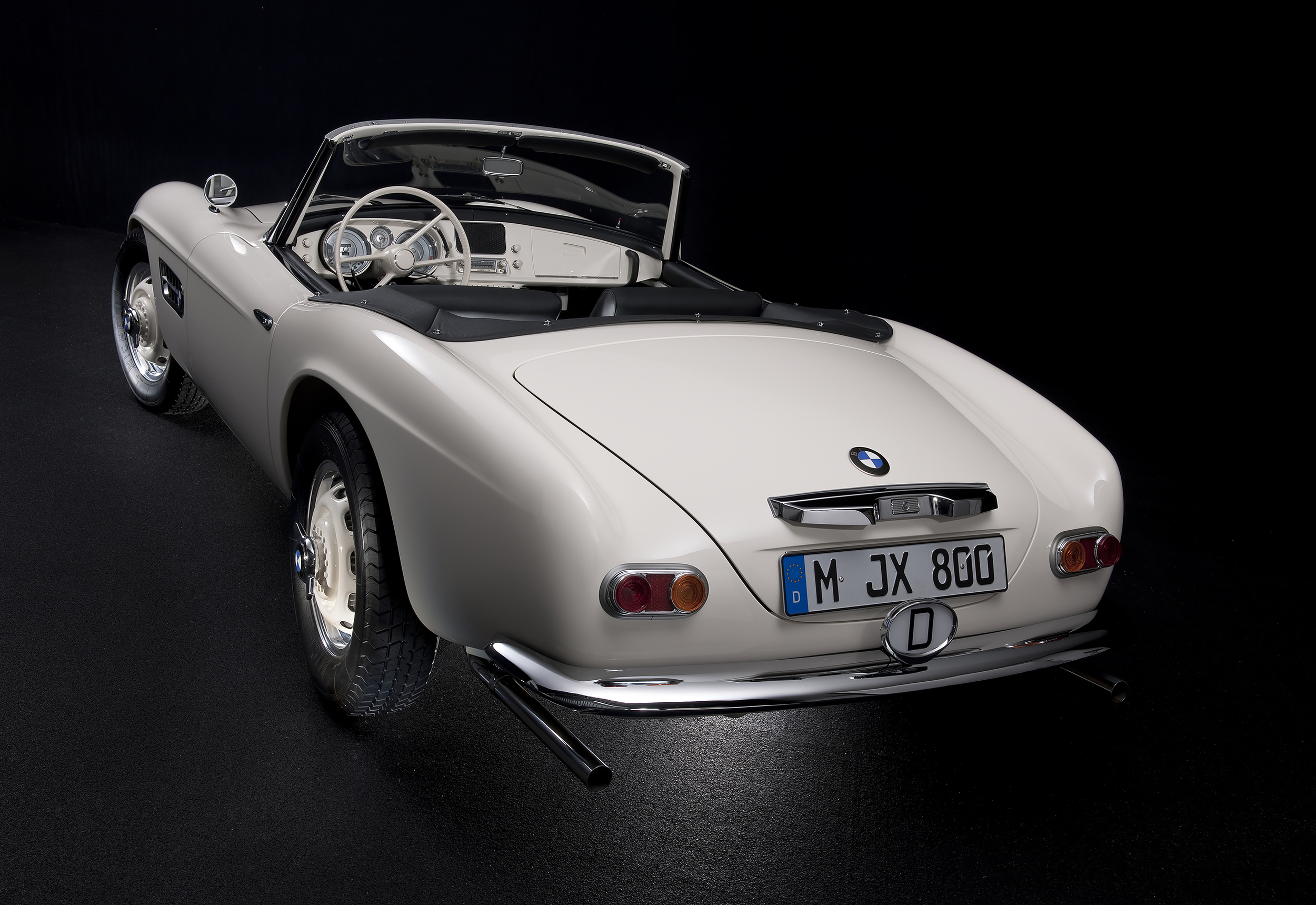
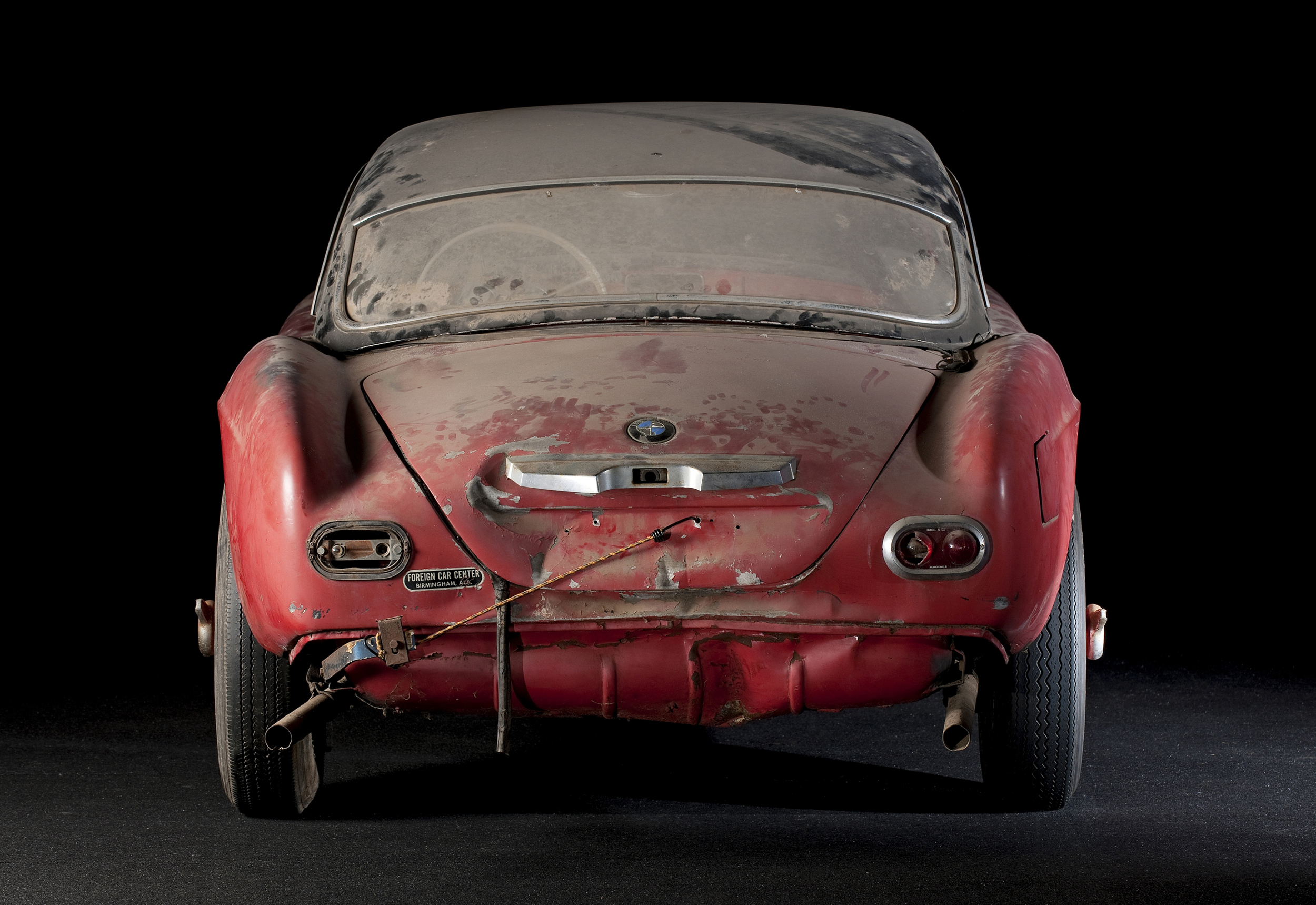
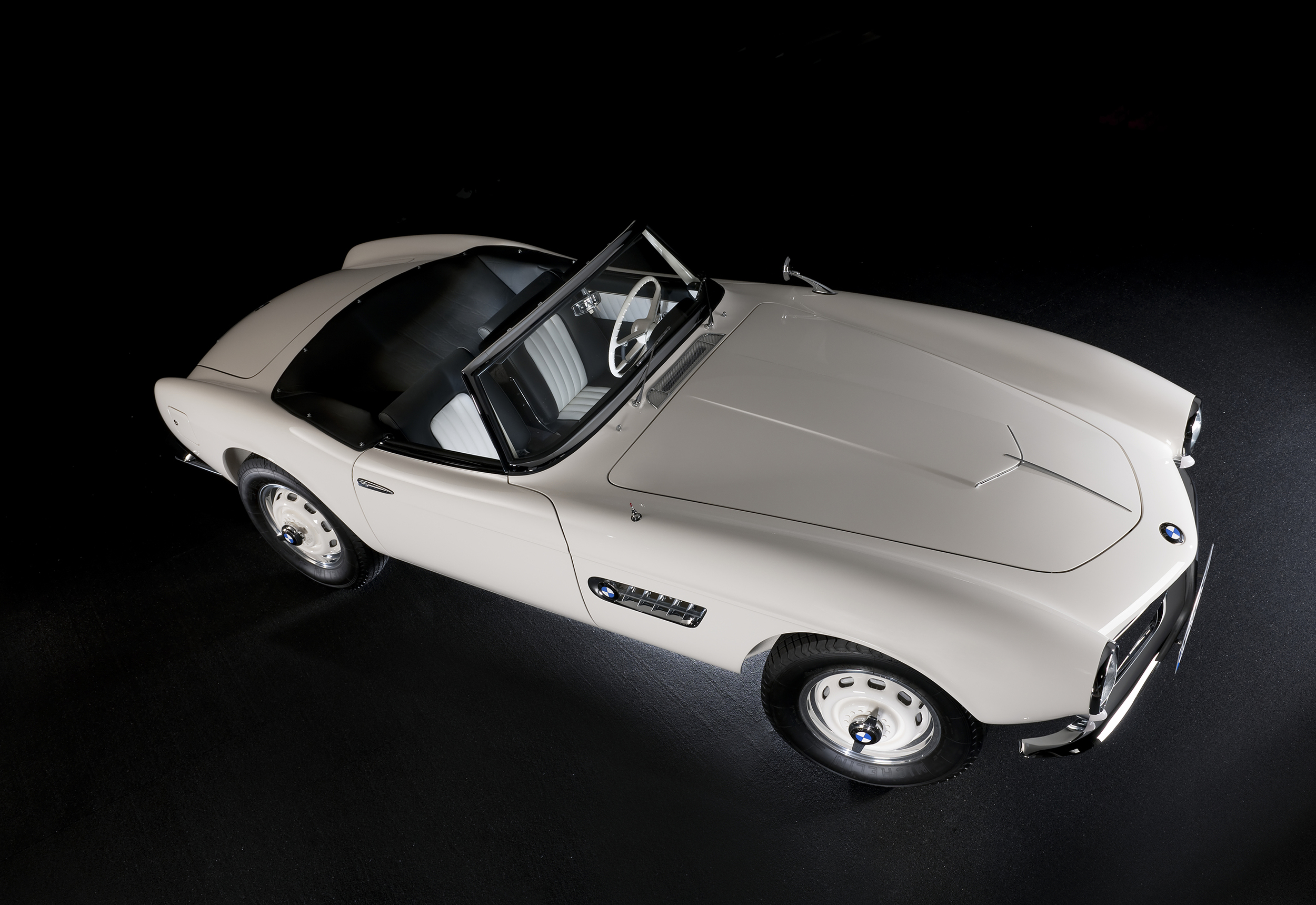
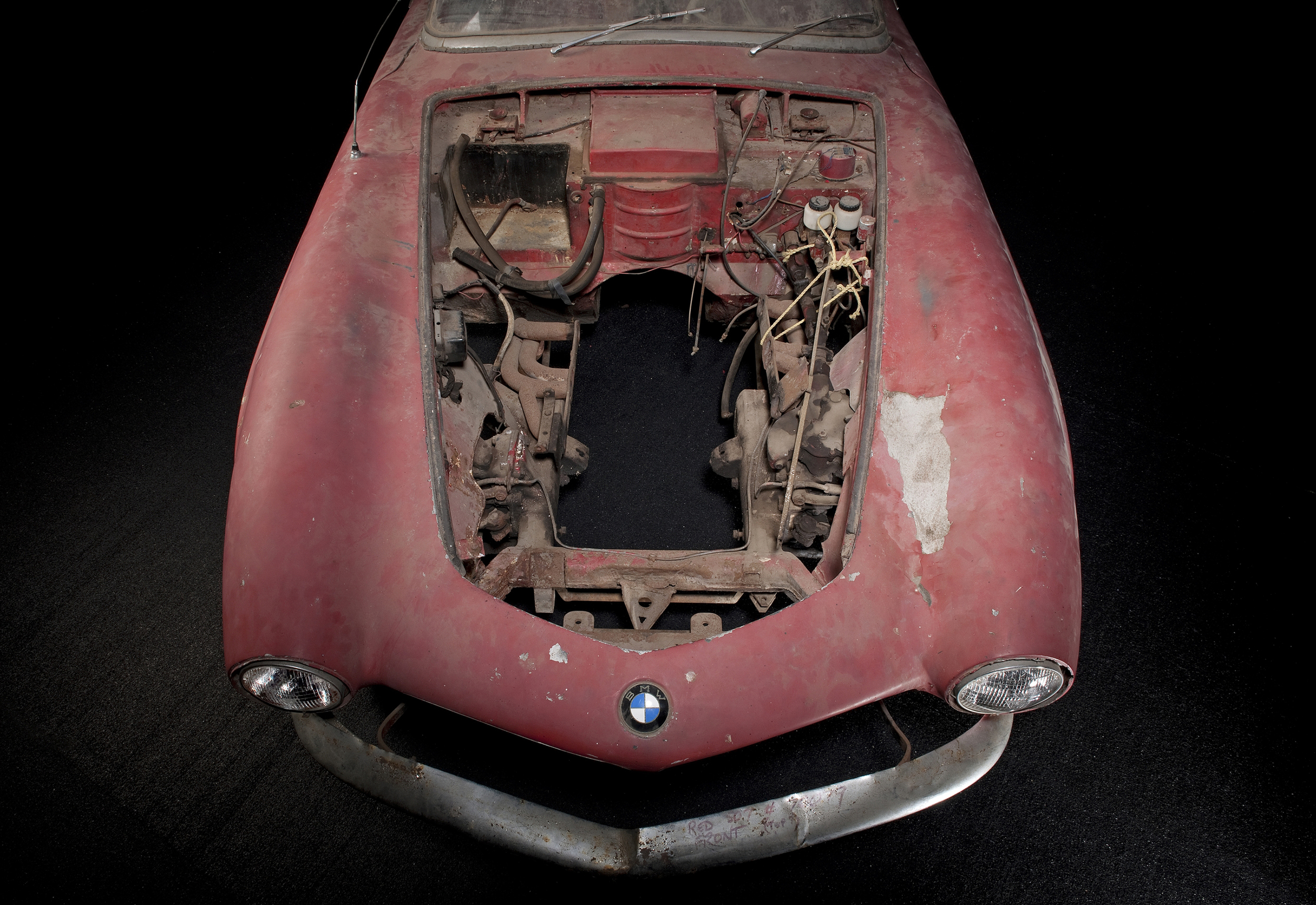
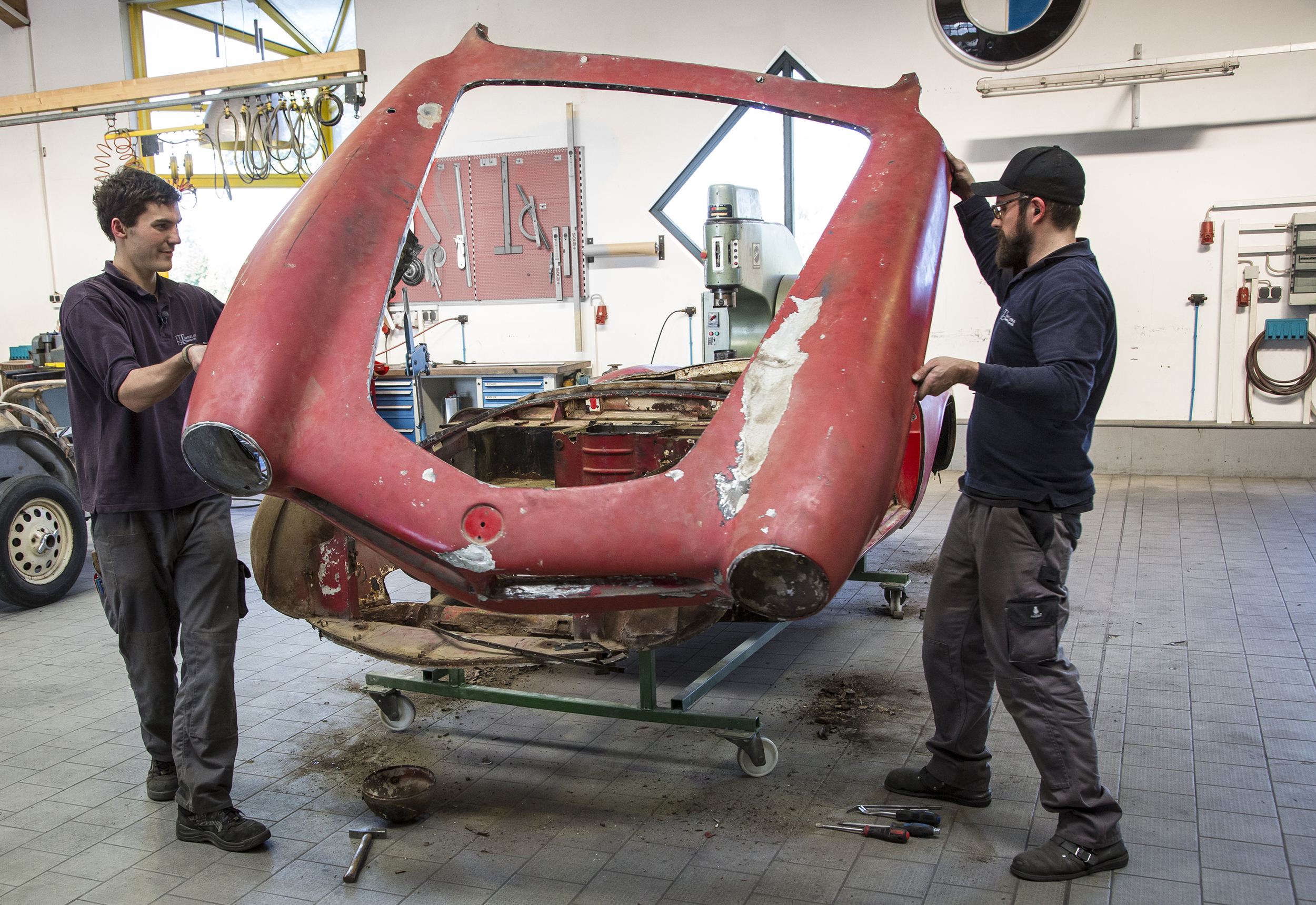
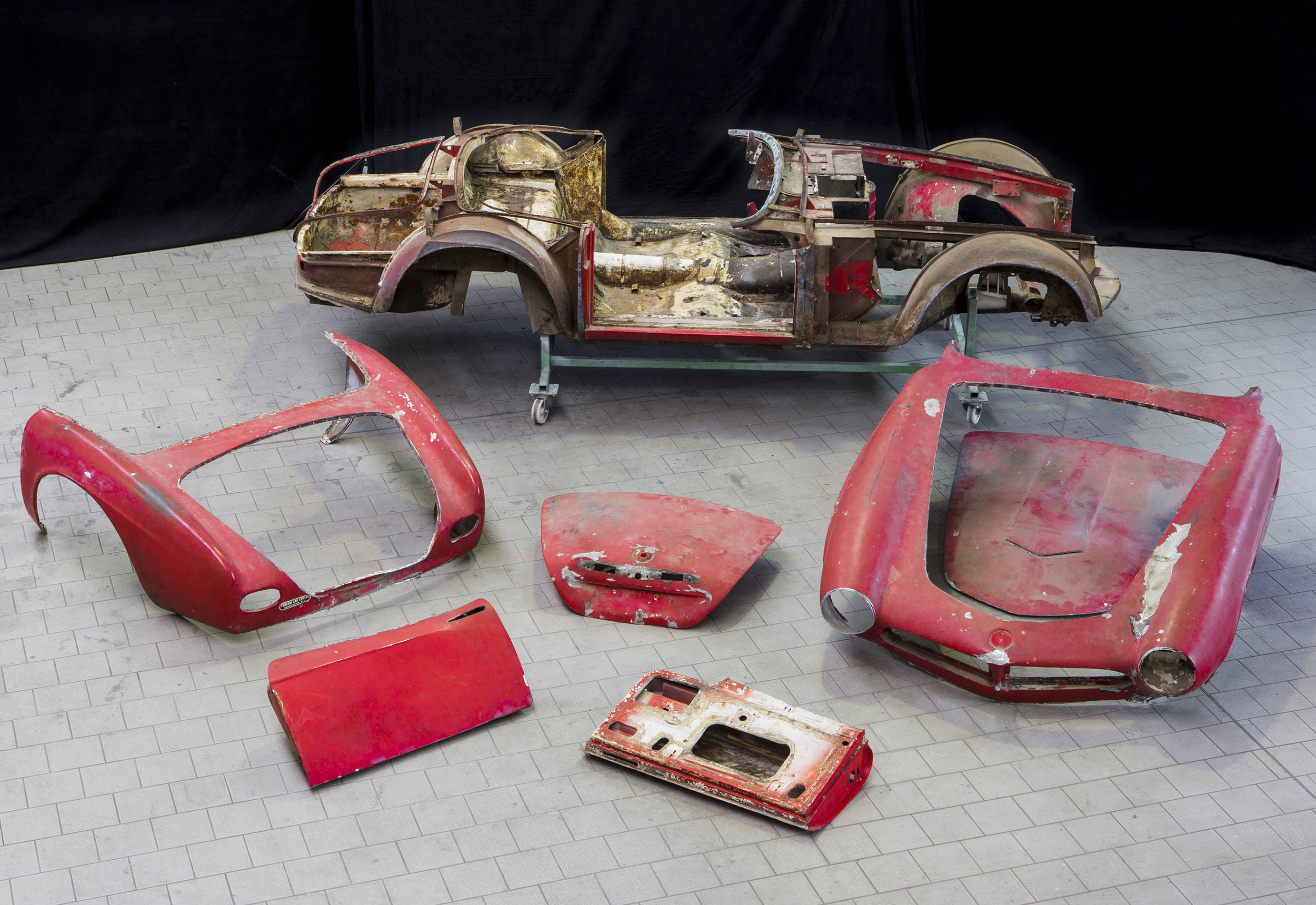
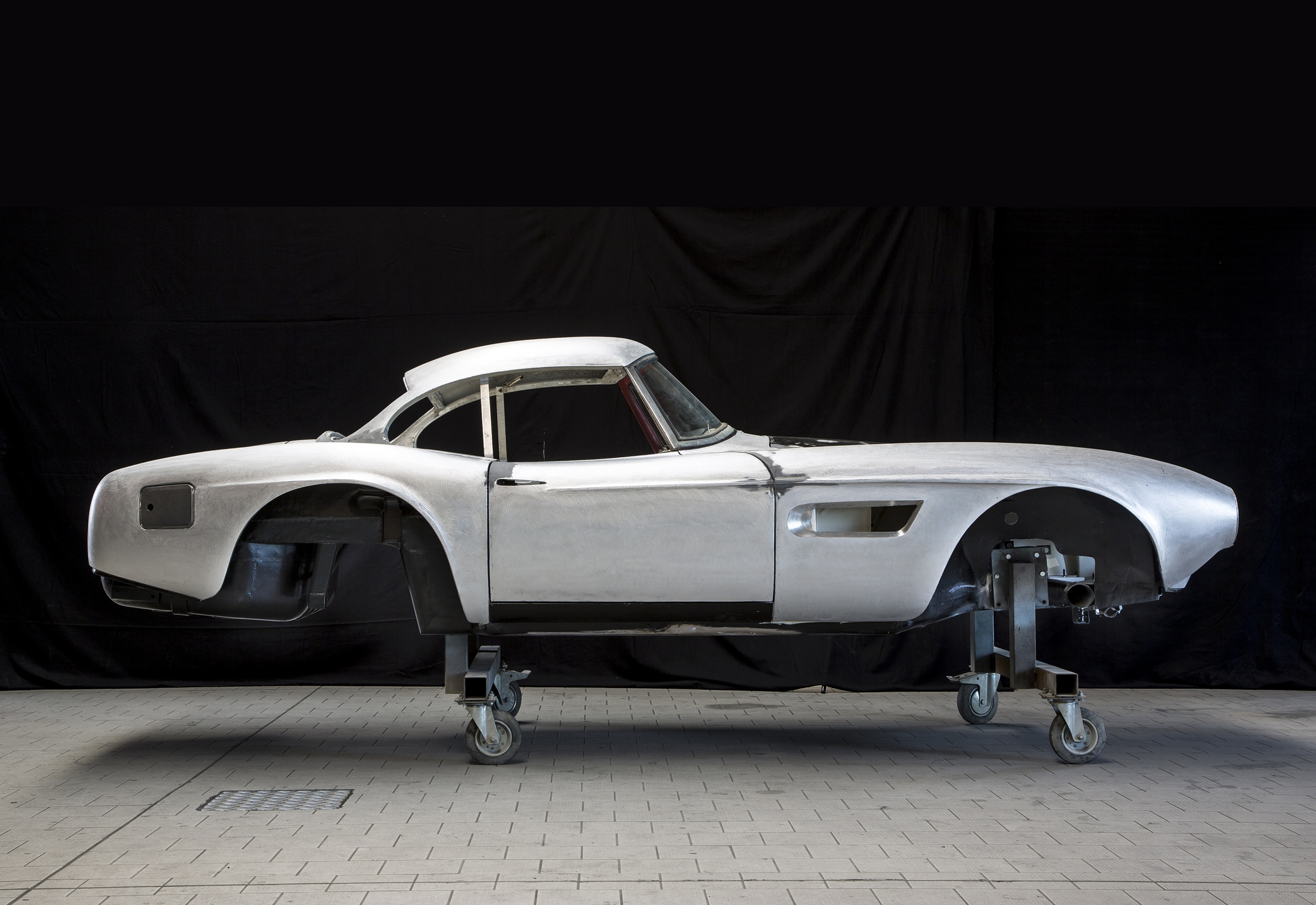
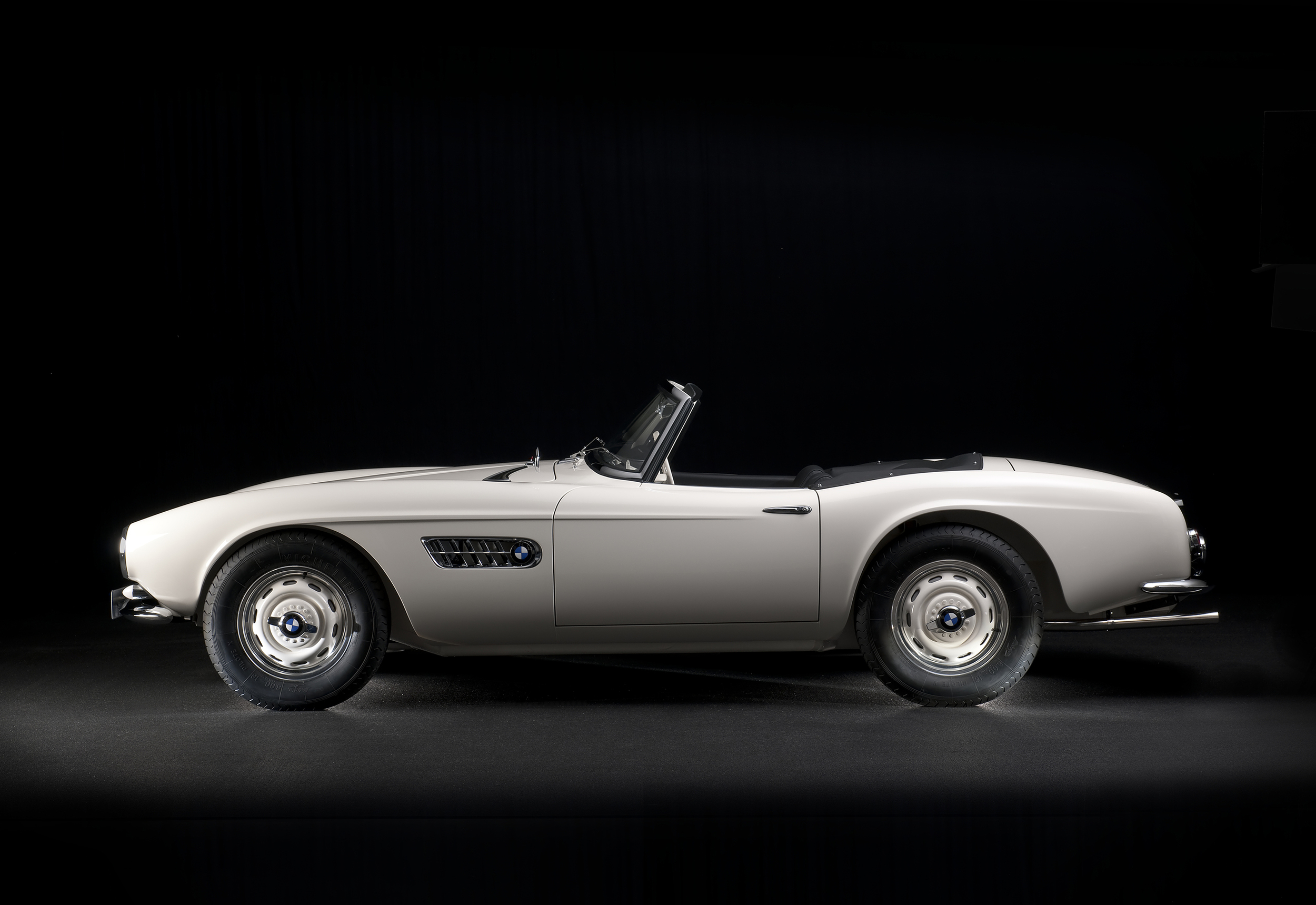
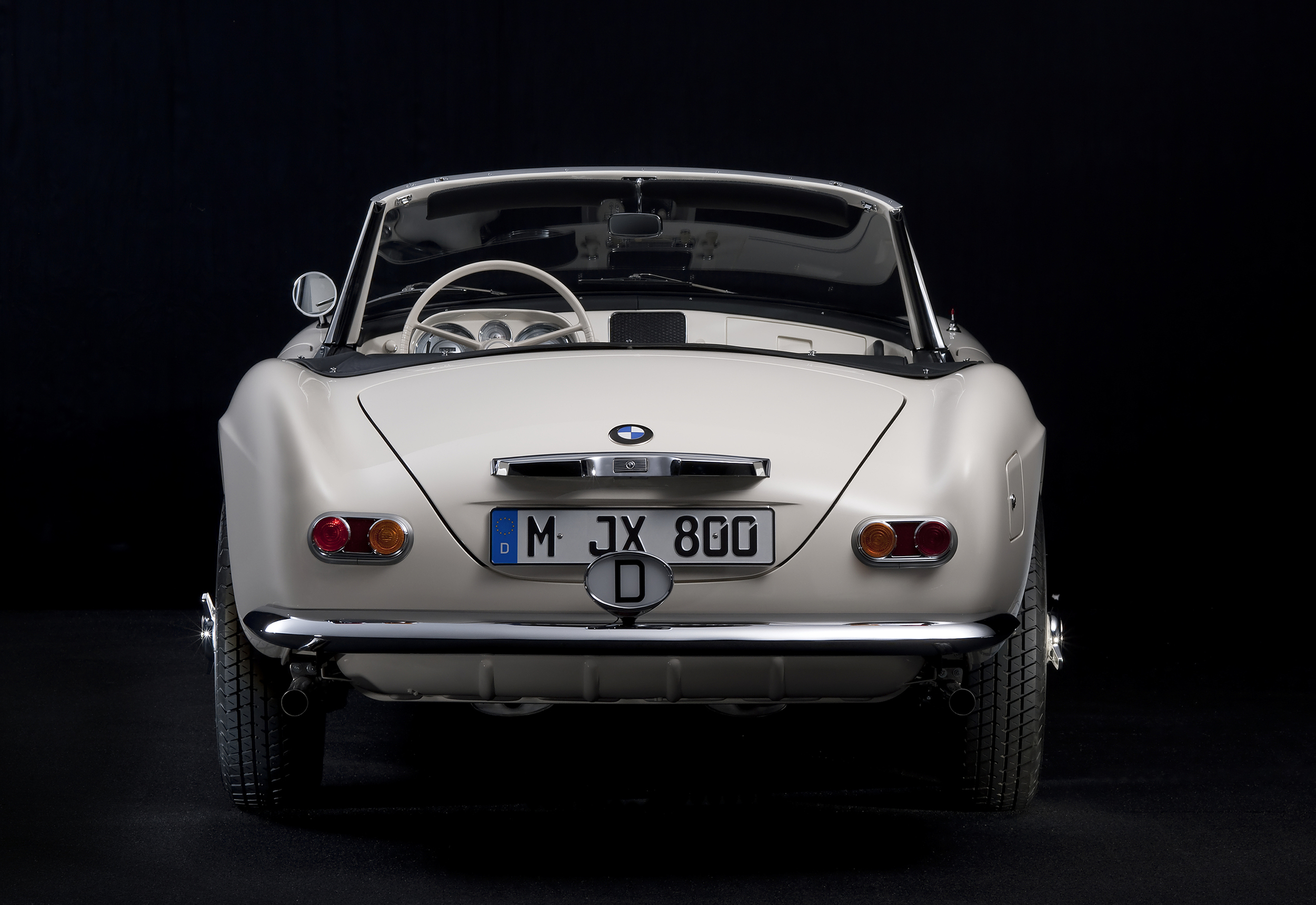
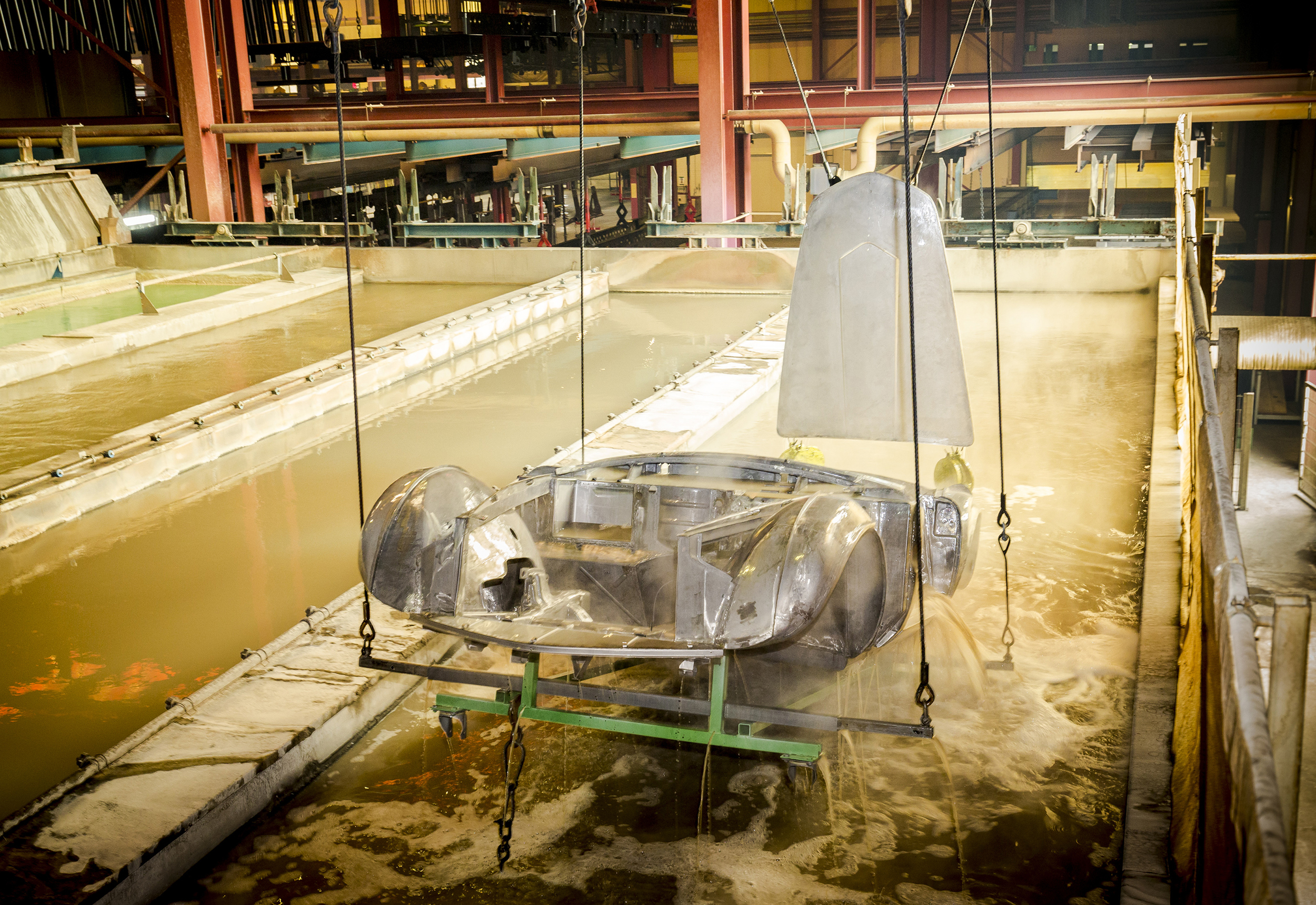

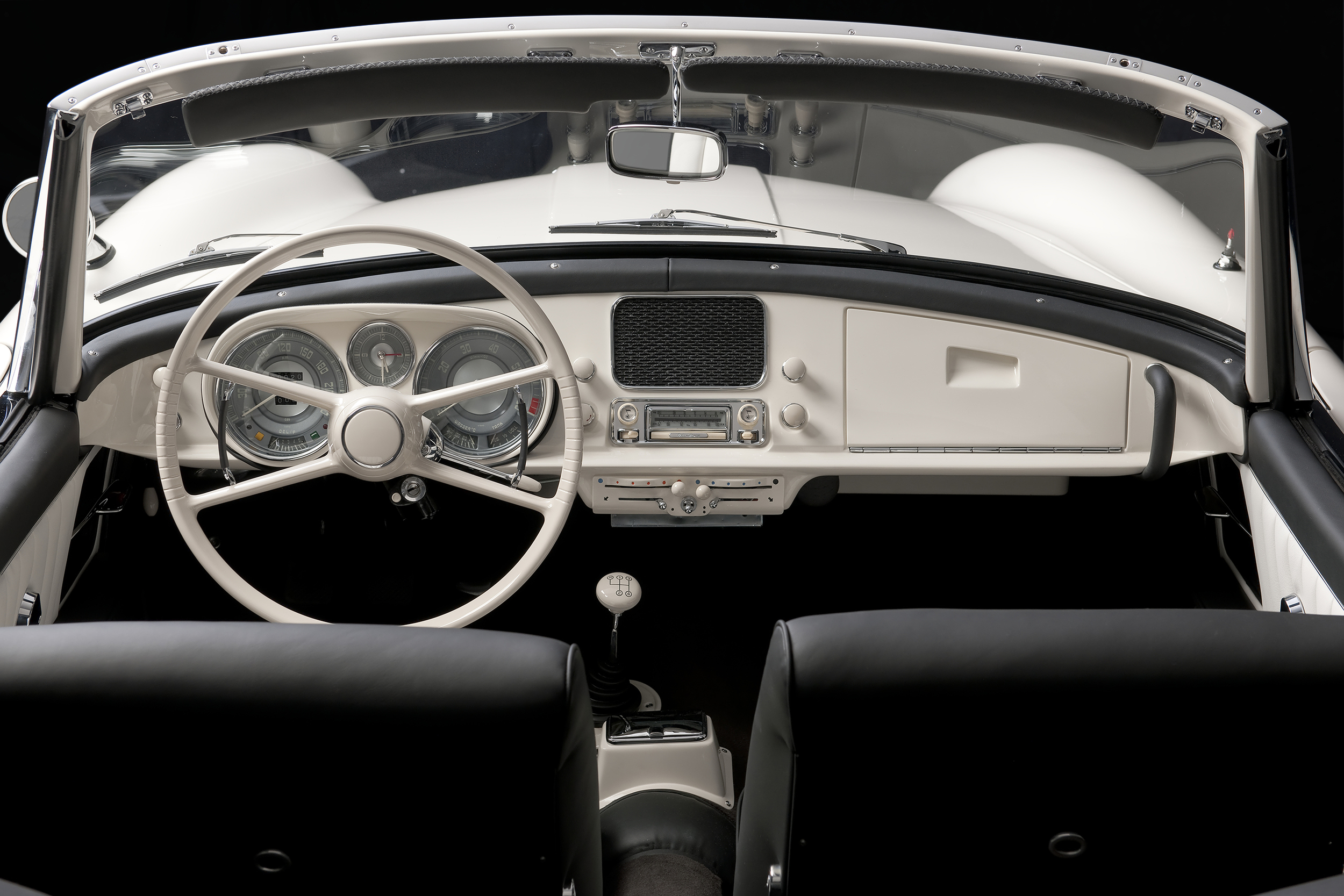
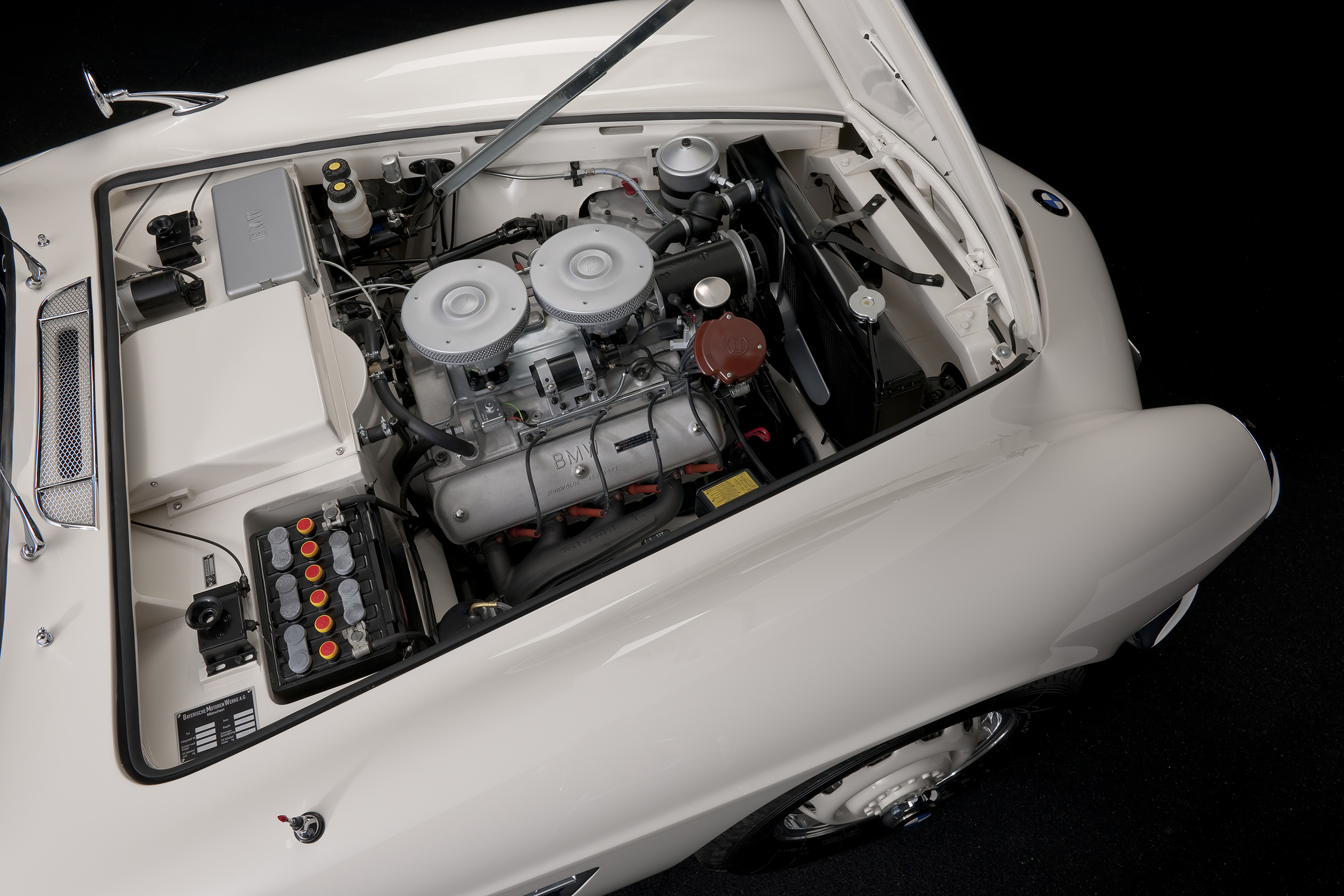
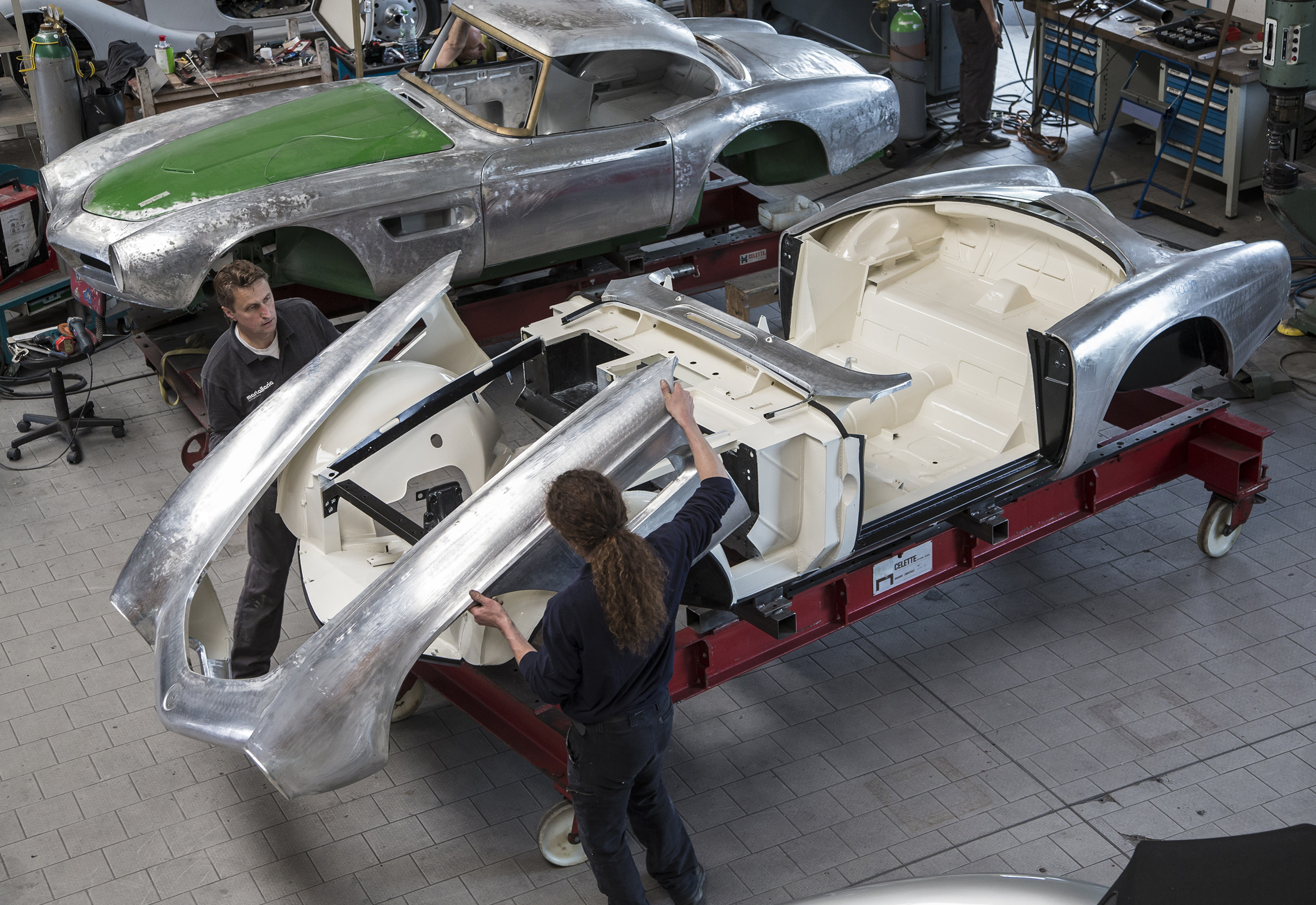

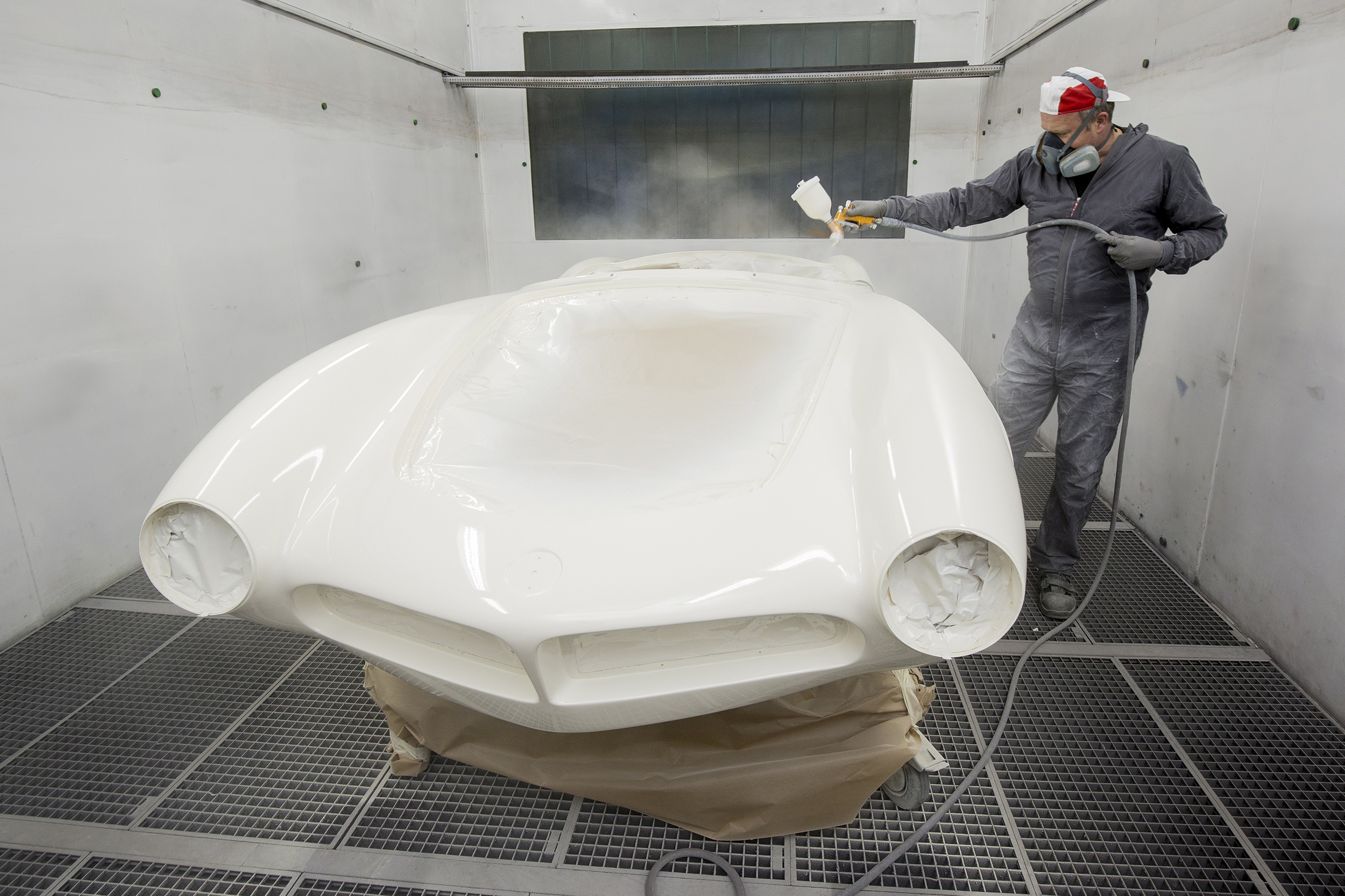
BMW Group Classic has revealed a fully restored 507 roadster that once belonged to the King of Rock’n’Roll - Elvis Presley.
The restoration follows one of the most spectacular classic-car discoveries of recent times. The 1957, BMW 507 was driven by Elvis - already famous at the time - whilst he was carrying out military service in Germany. After Presley finished his military service in 1960, the car seemingly vanished for nearly 50 years and was believed to have been lost. In fact, there was not even certainty about the chassis number of the car driven by the “King”. There were also doubts about whether Elvis Presley had ever transported the car back to the USA after he finished his military service, and nobody knew anything about the subsequent ownership of the car.
But the puzzles has now been solved thanks to the experts at the BMW Group Classic Archives and American journalist Jackie Jouret, who works for “Bimmer” magazine in California. In 2006, she was already searching through contemporary reports for Elvis’ BMW 507 and relevant literature, delving into the history of this model. During the course of her work, she uncovered an essential detail - various sources confirmed the BMW 507 delivered to Elvis in Germany was not a brand new car but had previously been used by racing driver Hans Stuck.
Between May and August 1958, the racing driver known as the “Hillclimb Champion” won a number of competitions in Germany, Austria and Switzerland – in a white BMW 507 with chassis number 70079 and registration plate M–JX 800. It is also a known fact, verified by photographs, that this roadster rolled off the assembly line on 13 September 1957. A few days later, it was exhibited at the Frankfurt International Motor Show and repeatedly used for test drives by the press.
This vehicle had been carefully serviced at BMW, the engine had been upgraded and a new gearbox fitted when it ended up with a dealer in Frankfurt in the autumn of 1958. The young US soldier Presley was 23 at the time when he came along and took it out for a spin, was immediately impressed, and decided to buy the car. Photos taken at the time show that export licence plates had already been fitted and later on it was given a registration from the US military. This was part of the reason why subsequent identification of the vehicle proved to be so complicated.
BMW's Group Classic Archives were only absolutely certain about its provenance when they came across the insurance proposal from December 1958 which contained the chassis number 70079 alongside registration of the keeper of the vehicle as Elvis Aaron Presley.
Elvis used the BMW 507 to drive between his home in Bad Nauheim and the US Army Base in Friedberg. His female fans always kept a close eye on him and he was often mobbed by them, and the paintwork of the roadster was frequently daubed with messages of love painted in lipstick. These signs of adoration were by no means unusual for a rock star but they were an embarrassment to Presley as a young US soldier. A new livery in Red for the vehicle solved the problem.
In March 1960, Elvis Presley ended his military service in Germany and took the car back to America. A few months later he traded in chassis number 70079 at a Chrysler dealer in New York. The dealer in turn sold the car for the ridiculously low price from today’s perspective of $4,500 dollars to radio moderator Tommy Charles, who duly fitted a Chevrolet engine in it and began racing. This took up so much space that parts of the front frame carrier had to be cut out. The gearbox and the rear axle, and the instruments in the cockpit were replaced. Charles won a race in Daytona Beach/Florida with the radically modified roadster and he lined up on the starting grid in several more competitions before selling the vehicle in 1963.
Two more changes of ownership followed and the BMW 507 then went to California and was purchased by space engineer and passionate classic car collector Jack Castor. Castor put together a comprehensive dossier on his BMW 507 and happened to see the article in “Bimmer” magazine. Castor wrote to the author, told her he was aware that a previous owner was “hillclimb champion” Hans Stuck, but up to then he had only been able to speculate about a potential connection with Elvis.
However, Jouret was absolutely certain and accompanied Castor to a pumpkins warehouse where the car was stored alongside other decaying vehicles. “Jack had tied down its engine bonnet with ropes,” recalled the journalist when she looked back on the moment of discovery. “It took some time until we actually got the engine compartment open and identified the stamped chassis number: 70079, the Holy Grail among BMW numbers.”
Castor had already collected a number of parts for the planned restoration, what he lacked was an appropriate engine and the necessary time to see the project through. Jouret set up the contact with BMW Group Classic and after several years and a number of discussions, an agreement was reached. Alongside the purchase of the vehicle by BMW Group Classic, it also included the authentic restoration of the car along the lines envisaged by Castor.
The condition of the two-seater really was a cause for concern. Although the original body parts and other components were virtually all present and intact, the roadster had of course lost its engine and gearbox. The rear axle was a ‘replacement part’ of unknown origin, rust was eating away the floor assembly, the seats were worn and there was no instrument panel. In the spring of 2014, the 507 was shipped to Germany in a container, together with the spare parts.
As was usual for projects of this nature, phase one was primarily destructive - the vehicle was completely dismantled. Initially, the aluminium body was separated from the floor assembly made of sheet steel. This was the only way of retaining as much of the original material as possible. The paint was then removed from the floor assembly in an acid bath and from the body in an alkaline bath. Any remnants of the interior that remained were set aside.
A lot of components had to be remanufactured from scratch because the stocks of original parts are limited, even at BMW. Traditional craftsmanship in the style of the 1950s was joined by high-tech production procedures of the modern world. The instrument panel was newly cast on the basis of the original. The leather upholstery was created to precisely match the pattern shown in old photographs and catalogues. When the seats were reconstructed, it proved possible to use the original steel subframe for the seats after all the rust had carefully been removed. Window winders and door handles were remanufactured in an advanced, modern 3D printing process based on the original dimensions.
The engine for Elvis’ 507 was completely rebuilt from spare parts. The 3.2 litre V8 engine was reconditioned and rebuilt to original specifications, but it was not given an engine number on account of the unavoidable but otherwise unusual use of old and new components. The front frame carrier, which had been cut down at an early stage, also had to be reproduced in its original geometry and integrated in the floor assembly. The wooden nailing strip for fixing the soft top in place was also reproduced using materials and processing methods in keeping with the 1950s.
Maximum authenticity was also the objective in painting the vehicle. The car is now finished once more in Feather White. The primer coat, the filler and the top coat were applied in a procedure that corresponds to the technology in use some 60 years ago. This enabled the excessive ‘colour brilliance’ to be avoided which is considered desirable nowadays but is inappropriate for classic cars.
The use of true-to-original parts and production procedures corresponds precisely to the conditions defined by Jack Castor. He wanted to restore the roadster to the original condition, however, his aspiration to be able to see the BMW 507 through the eyes of the “King” remained unfulfilled. Jack Castor passed away at the age of 77 in November 2014.
BMW says it will therefore remember him at Pebble Beach, where the fully restored classic will be exhibited on 21 August 2016 at the Concours d’Elegance. Visitors to the classic car show will see the 507 exactly as it was when soldier Elvis Presley took delivery of the car on 20 December 1958: in Feather White, the 150 hp V8 aluminium engine under the bonnet, centre-lock rims, black-and-white interior and a Becker Mexico radio.
